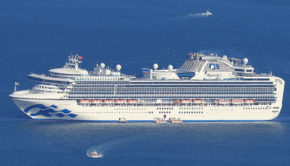19 Beautiful places in the world that are going to disappear
We live in a world that offers us beauty through picturesque views or mysterious appeal. But some places might be gone in the next years due to the impact of global warming, industrialization, and mass tourism. Here is a bucket list of the majestic places in various parts of the world that are bound to disappear if we do not take care of Mother Nature.
Alps

The glaciers in the Alps have been retreating for many years now. What alarms scientists is the rate at which the Alpine glacial ice is melting. Experts say that at the rate the meltdown is going, it could be gone by the years 2030-2050. Whether its soot from the Industrial Revolution or rising temperature due to climate change that is causing the glacial blankets to retreat, one thing remains true… glaciers are rapidly melting.
Amazon Rainforest
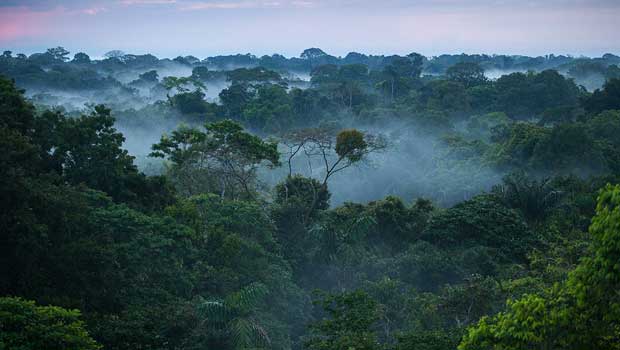
Dubbed as the largest and most diverse tropical rainforest in the world, the Amazon rainforest is now facing threat of loss. The causal factors being pointed out are forest fires, deforestation, and greenhouse gas emissions. Brazil’s National Institute of Special Research has a study that shows that half of the Amazon rainforest may be gone by 2050.
Galapagos Islands
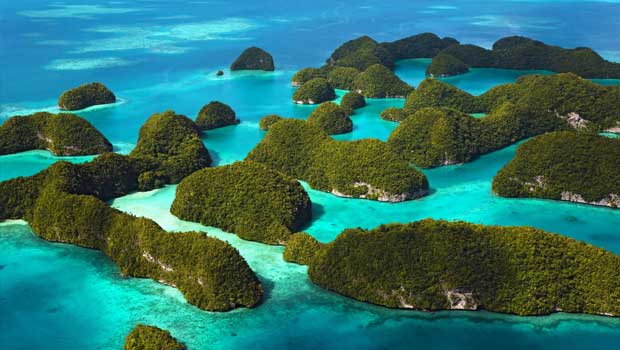
Made famous by Charles Darwin’s work On the Origin of Species, this isolated natural paradise over 600 miles off the coast of Ecuador is home to exquisite wildlife. While tourism is one of the major economic lifeblood of the Galapagos Islands, it also jeopardizes the rich ecosystem of place, along with population growth. In fact, the island’s decline was deemed alarming it was listed under the World Heritage Site Danger List from years 2007-2010.
Glacier National Park
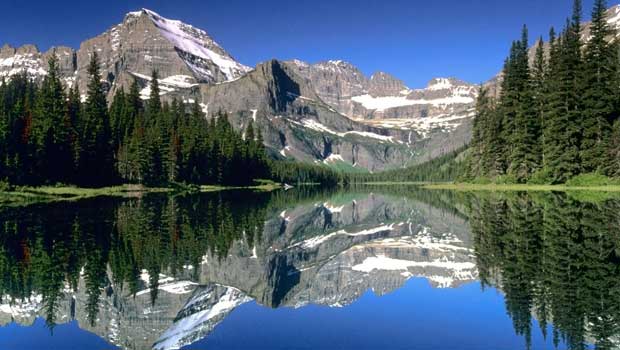
The Glacier National Park found in Montana used to have 150 glaciers when the park opened in 1910. However, a hundred years later, the number of the icescapes dwindled down to only 25 due to climate change. The sadder news? According to the U.S. Geological Survey, scientists are predicting that all glaciers in the Montana park will be gone by 2030, if the extreme warming persists.
Great Barrier Reef

Perhaps every snorkeler and diver dream of visiting Australia’s Great Barrier Reef as part of their bucket list. But they are in a race against time as studies show that corals in the iconic destination are dying and suffer bleaching. The die-off in the Great Barrier Reef is being blamed on the extreme rise of temperature in the ocean that forces algae out of the corals.
Madagascar

Lemurs are one of the animals endemic to Madagascar, and they are in the face of possible extinction, no thanks to irresponsible environmental practices. Madagascar’s rainforest ecosystem is being destructed by poaching, logging, and burning. If proper actions are not taken, the world’s fourth largest island may lose its forests, lemurs, and other unrecored endemic species in 35 years.
Maldives

Boasting of clear, pristine waters, and unspoiled shores, Maldives is a must-go for tourists all over the world. But being the world’s lowest nation, rising just eight feet above water, has its cons. With the climate change melting ice caps and raising sea water levels, Maldives might no longer be on the map for humans to enjoy in the next century.
Venice, Italy

The City of Venice in Italy is often depicted with romantic gondola rides in its canals. But the truth that the city is incessantly sinking is not romantic at all. Not only is it sinking five times faster than thought, reports mention that Venice appears to be heading out to the sea, and tilting a bit to the east. The phenomenon is attributed to a combination of land subsidence and rise of sea water level.
Dead Sea
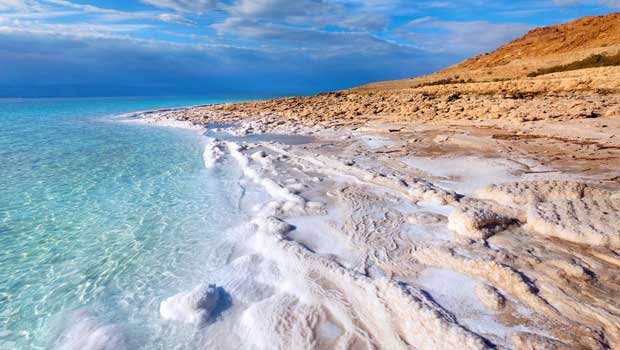
Tourists flock to the Dead Sea in Israel to experience staying afloat effortlessly and benefit from the salty water’s healing properties. But tourism in the area has been on a decline due to the formation of dangerous sinkholes as the salty lake has been receding by about three feet per year. The culprit in the shrinking of the Dead Sea is the lack of incoming water flow from the Jordan River.
Seychelles
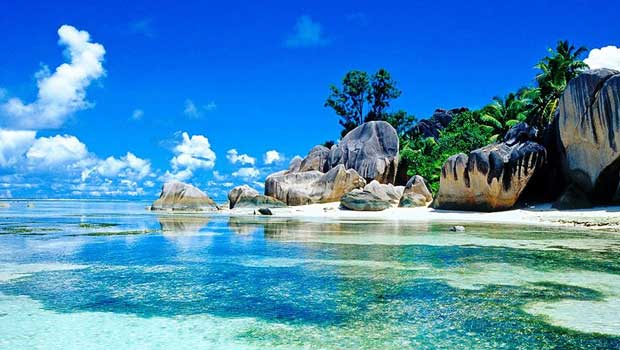
The beauty of the fine beaches and dramatic rock formations in the 115 islands of Seychelles off the coast in East Africa can leave you breathless.However, extensive coastal erosion has been recorded due to the natural advance and retreat of waterline resulting from sea level rise. Development in the area including clearing of coastal mangrove and vegetation for roads and housing has also aggravated the situation, leaving the place vulnerable to high tides and flash floods.
Mount Kilimanjaro
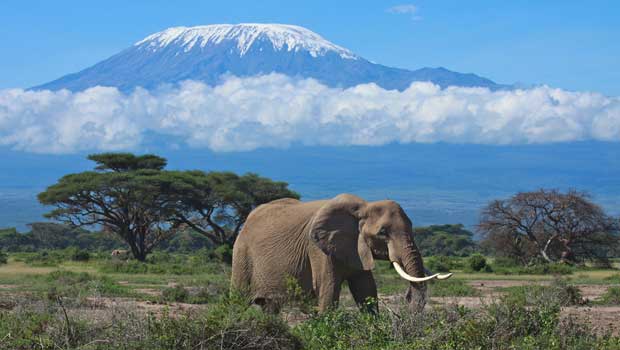
Kibo, as what the local people of Tanzania calls the famous snowy peak of Mount Kilimanjaro, could be gone by year 2030, experts predict. The glacial ice, which are said to be 10,000 years old, has already lost an approximate 29 percent of volume as an effect of climate change.
Mendenhall Glaciers
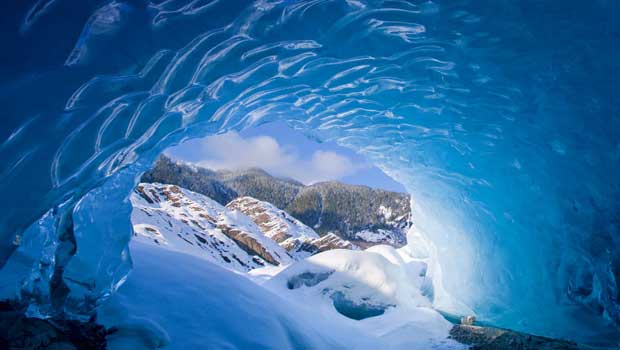
While climate change threatens to efface natural wonders, it makes quite an exception to the Mendenhall glaciers in Alaska, where it gives birth to another natural wonder–the Mendenhall ice caves. As the glacial ice melts, hollow parts underneath the ice sheets form the caves. The best way to view the surreal ice caves would be to go inside the glaciers.
Angkor Wat
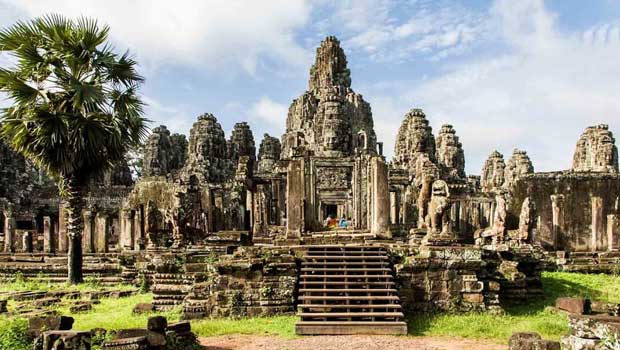
The temples of Angkor Wat may have survived the collapse of the civilization that built it, but it is threatened by the huge volume of tourists whose feet tread on the UNESCO heritage site.
Taj Mahal

A luxurious marble mausoleum built for an emperor’s favorite wife, the Taj Mahal in India is drawing about four million visitors each year. But the 363-year old structure is slowly crumbling due to its weakened wood foundation. The river, where it sits on, is suffering from pollution, industry growth impact, and deforestation.
Machu Picchu

With the number of tourists visiting the Machu Picchu in Peru growing by six percent each year, the Incan city is slowly eroding under tourist’s each step. The Inca trail, which had visitors from 6,000 in 1984 and rising to 82,000 in 2000, is suffering enough. Being located in steep slopes that endure heavy rains, there are fears of landslides as the Incan citadel is stressed due to tourist influx. Concerns have also been raised regarding desecration of burial sites and littering in this UNESCO World Heritage Site.
Easter Island
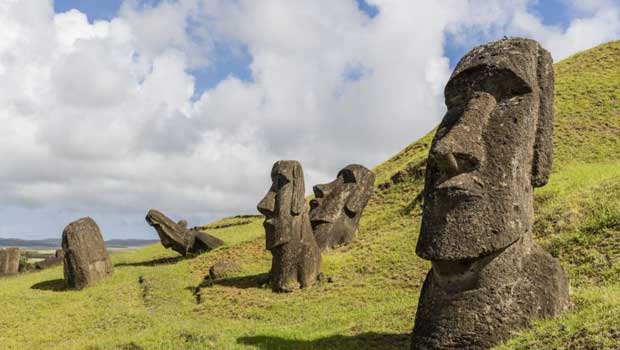
Famous for its over 800 huge statues made of volcanic rocks, the Easter Island is indeed a tourist destination. However, with coastal erosion affecting the platforms where the statues are, some of the statues are feared to being lost.
Yangtze River Basin
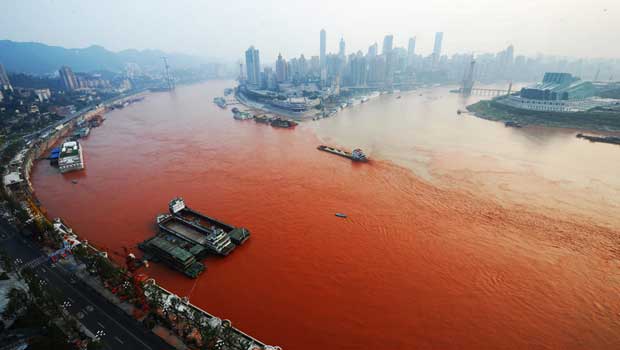
From being the world’s third longest river with an exquisite ecosystem, the Yangtze River basin is now considered the one of the most polluted rivers in the world. This is a result of China’s industrialization and modernization in order to keep up with other modern countries.
Ranthambore National Park
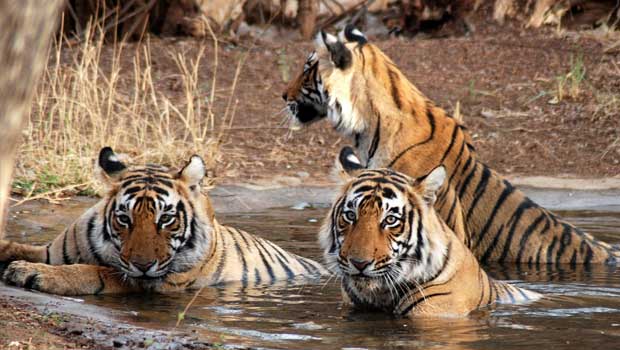
One of the best places to see tigers in their natural habitat is the Ranthambore National Park in India. From the 100,000 wild tigers believed to exist in the early 1900s, the number has dwindled down to just 3,200, and half of those are in India. The main causes are poaching and the land development for commercial use.
Congo Basin
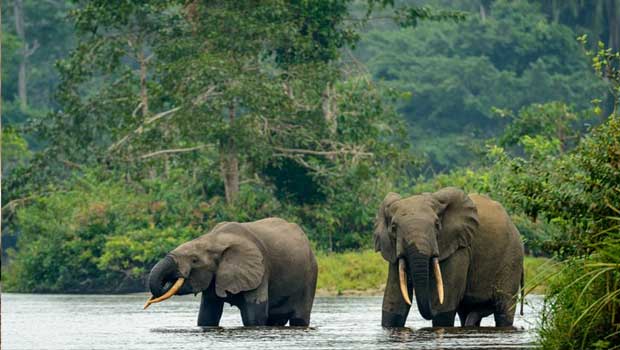
Considered as the world’s second largest tropical rainforest area and a haven for rich biodiversity, the Congo Basin in Africa is home to 400 species of mammals, 700 species of fish, 1,000 species of birds, and 10,000 species of tropical plants, with 30 percent of it endemic to the region. Unfortunately, approximately 10 million acres every year are lost due to farming, ranching, illegal logging, and even guerilla warfare.




